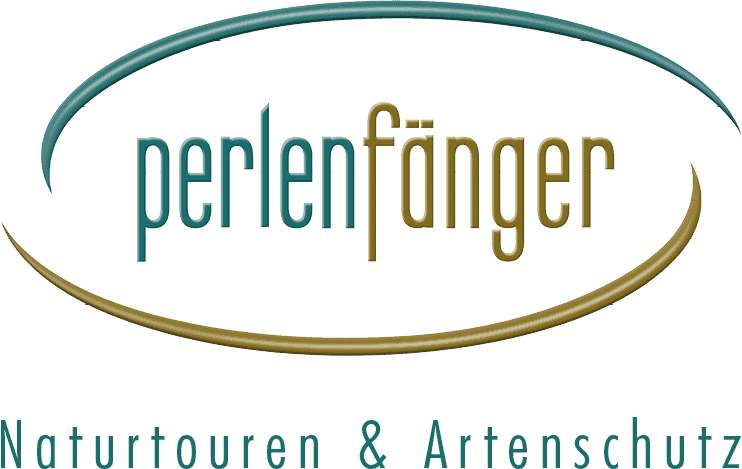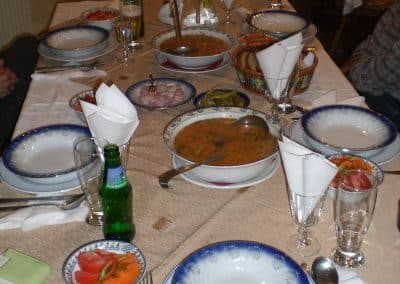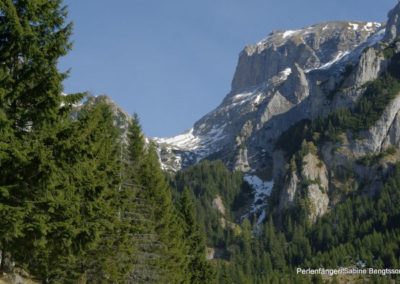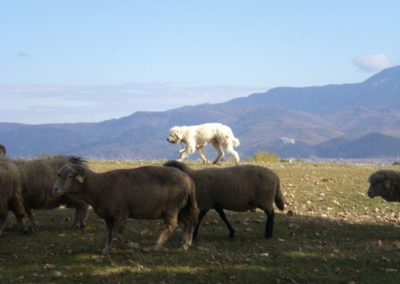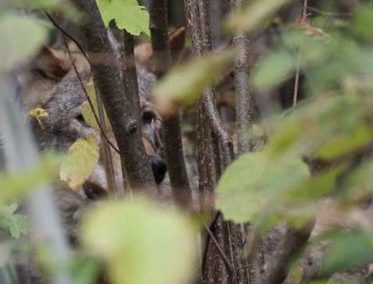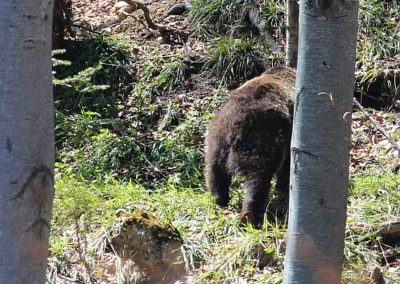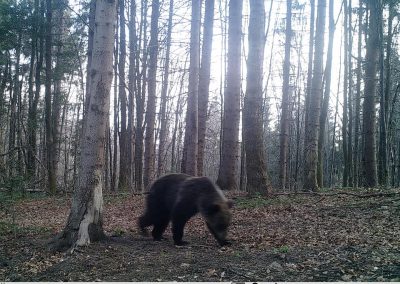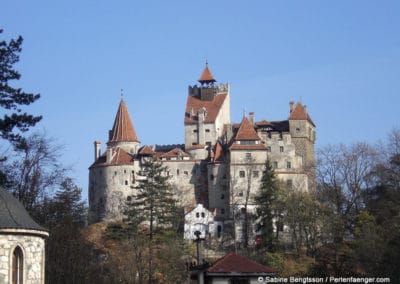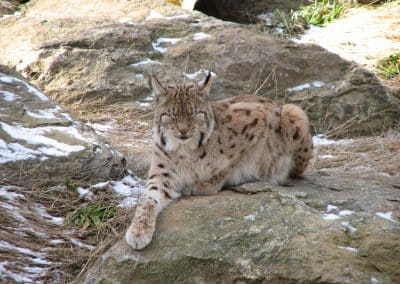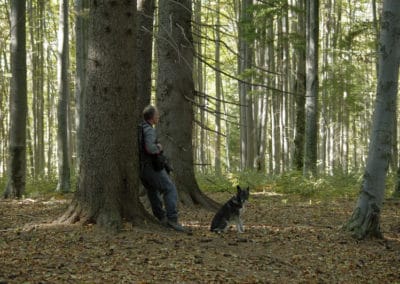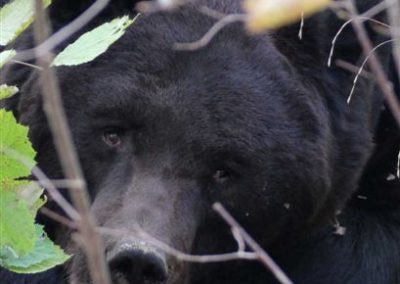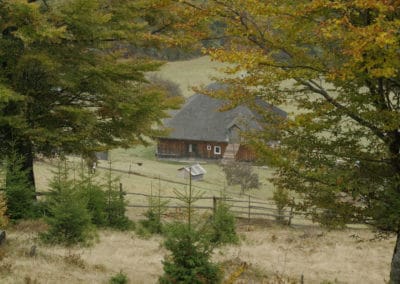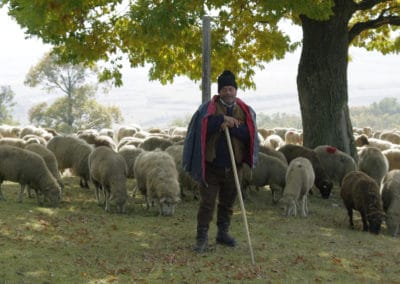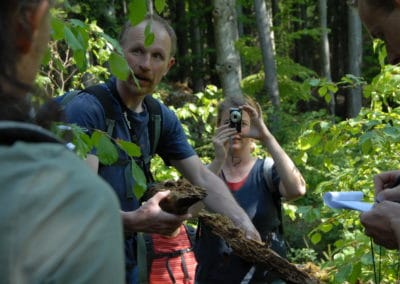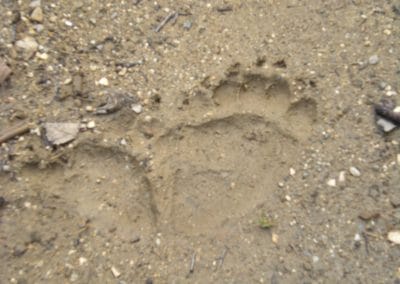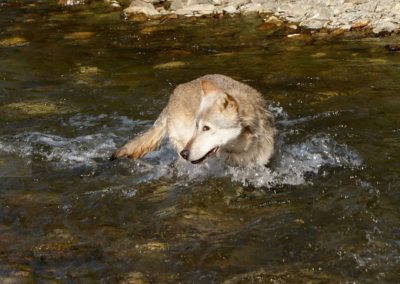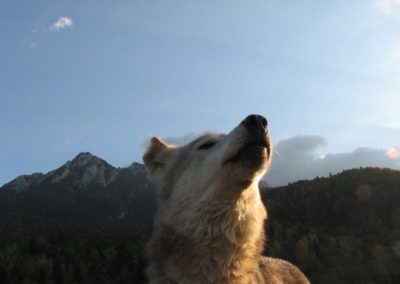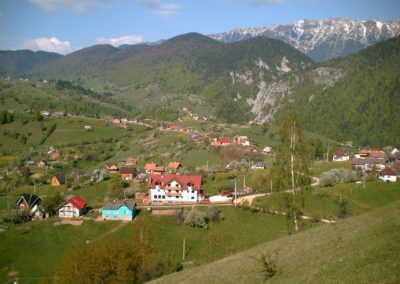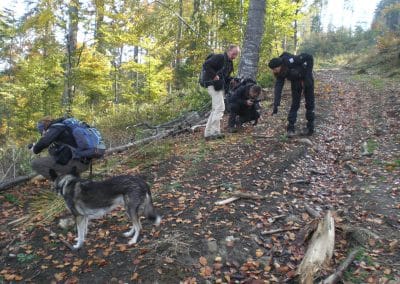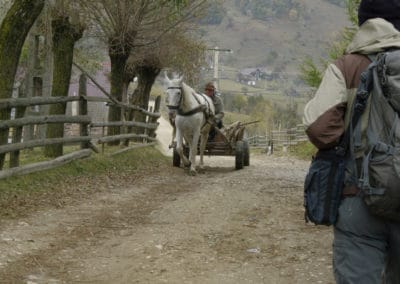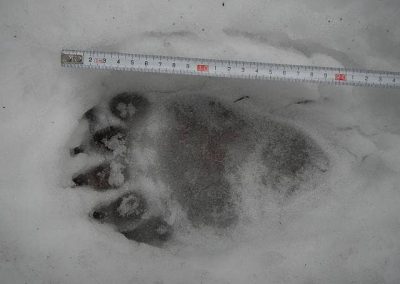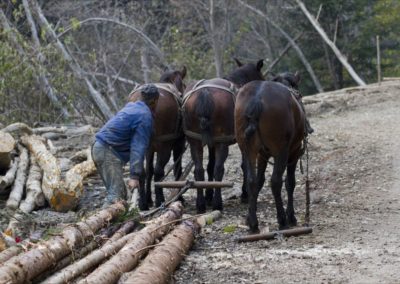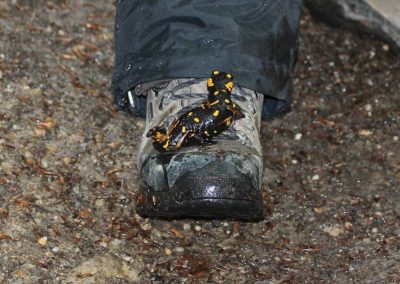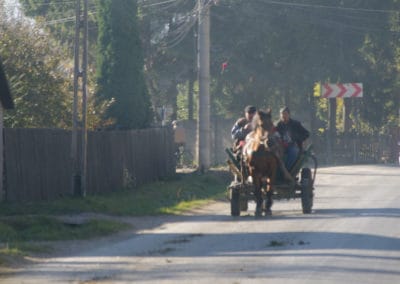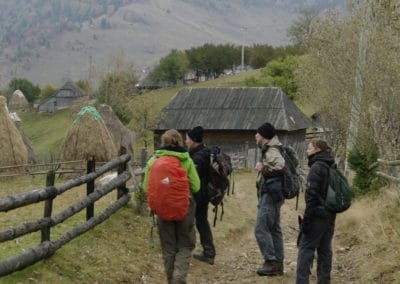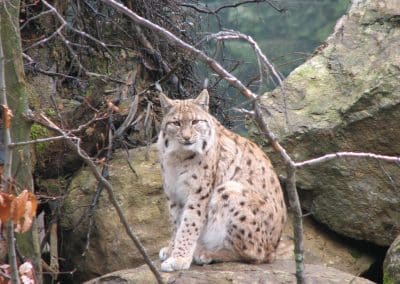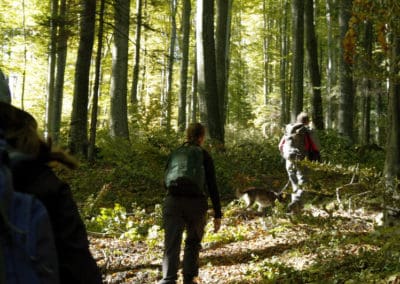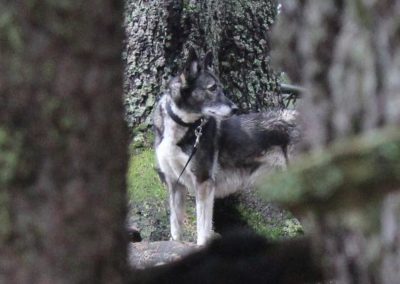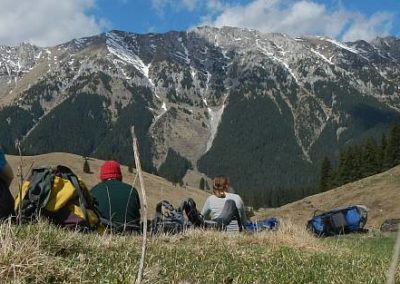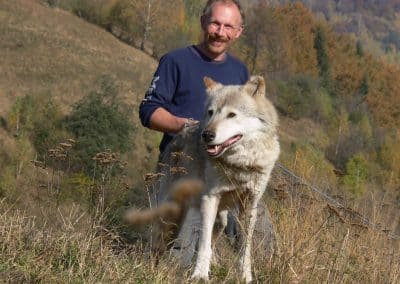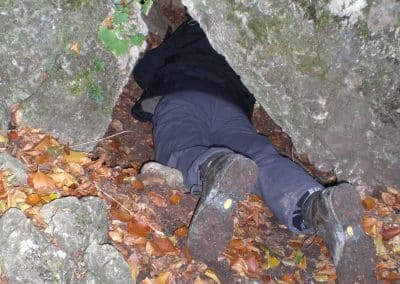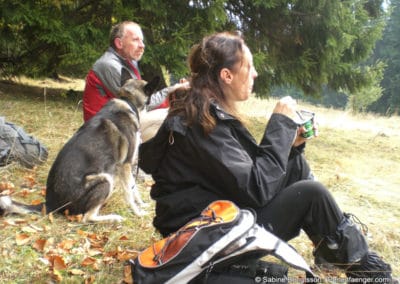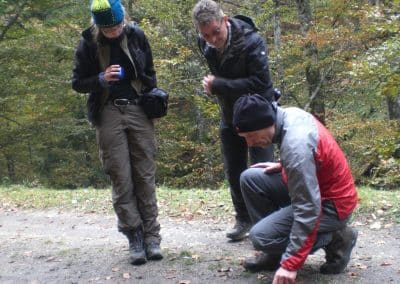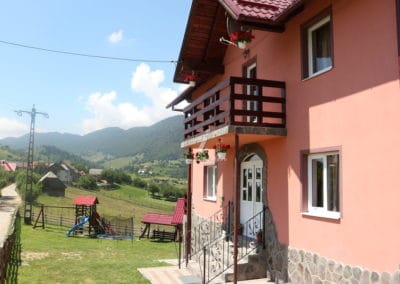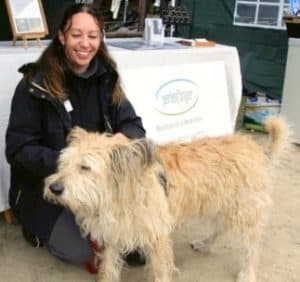Copyright: Photos Peter Sürth and Sabine Bengtsson and text Sabine Bengtsson
Hiking tour with the wildlife management biologist Peter Sürth in the woods of Romania’s Carpathian …
A trip to Romania is like an exciting journey through time in our past.
Can we, through the example of Romania, learn to live with wolves, bears and lynxes again?
The first part of my tour to Romania first leads to the airport in Bucharest. There we landed, we are received by one of my cooperation partner Peter Sürth from southern Germany, a recognized wildlife management biologist for large predators like the wolf, the bear or the lynx. We, that is a total of 3 travel participants and I as a tour organizer, will spend the next 8 days together with Peter on hiking excursions in different areas of the Carpathians. In the process, we learn to recognize the animal tracks, take a close look at the slogans and markings of the wild animals; At the same time we learn something about the coexistence of the Romanians with the big predators. Photo traps show which wild animals crossed the path.
I am convinced that when a person’s heart is touched and he receives extraordinary information, it is the best protection for nature and its inhabitants over the long term.
And where else, as in nature itself, do we feel the uniqueness and fascination of our earth?
In front of us are about 160 km of driving on a simple road to the foot of the Carpathians to Transylvania, the legendary Transylvania or Wallachia. In a Romanian pension we will spend the next 8 days sleeping and eating. From there, there are 15-20 km daily treks to various areas to search for wolves, bears, or other wildlife trails or, with luck, may even encounter one or the other animal. But that alone decides the nature!
Peter has worked there for about 11 years on a wildlife research project for wolves, bears and lynxes and is spending several weeks each year in Romania.
He is a true connoisseur of the country with its culture, tradition, mindset and wolves, bears and lynxes.
It goes through small villages and towns, everywhere you can see free-roaming animals, which do not look tormented or emaciated. But on the contrary.
Shepherds walk with their herd, accompanied by a pack of dogs and sometimes with free-range donkeys carrying provisions.
Another world, immediately sympathetic and inviting to learn more about her.
When we enter the guesthouse, Gigi and Elena, the pension owners, are waiting for us. There is a delicious 3-course menu of Romanian cuisine with mostly self-produced food, all homemade.
The next morning, after a hearty breakfast and packed packed lunch, we set out for the first area.
After a short drive we reach a parking lot at the edge of the forest.
We do not need to search long until we find the first bear tracks.
At the latest here, each of us will be aware of how close the people and the large predators in Romania live side by side.
Peter tells us that the European brown bear, unlike its relatives overseas, has been used to mankind for centuries and therefore responds much more benevolently and calmly to encounters.
It is also a matter of course for the people and nobody would think of not going to the woods or having their children play alone in the forest.
Wolf & Co is as natural as wild boars with us. Because of them nobody would avoid the forest, although they can be dangerous.
I suspect how much we can learn from this country!
The days pass by on the hikes through wilderness, centuries-old primeval forests or settlement areas, in which there are also many wild animals.
We encounter a golden eagle that towers over our heads into the sky as well as many other wildlife or fresh solutions and traces of wolves, bears, lynxes, badgers, martens, red deer, roe deer and wild boars.
The feeling of walking through a forest where all these animals live is overwhelming and a unique experience.
It is a varied journey to Europe’s big predators in an old agricultural culture with beguiling landscape and warm people.
Peter combines hiking, culture and wildlife observation in a unique way with all the exciting aspects of living together between humans and predators.
Finally, I would like to join him and quote him:
„If we want to live with wildlife, we need to create the habitat in and around us and we should always broaden our mental horizon!“
Best regards
Sabine Bengtsson
